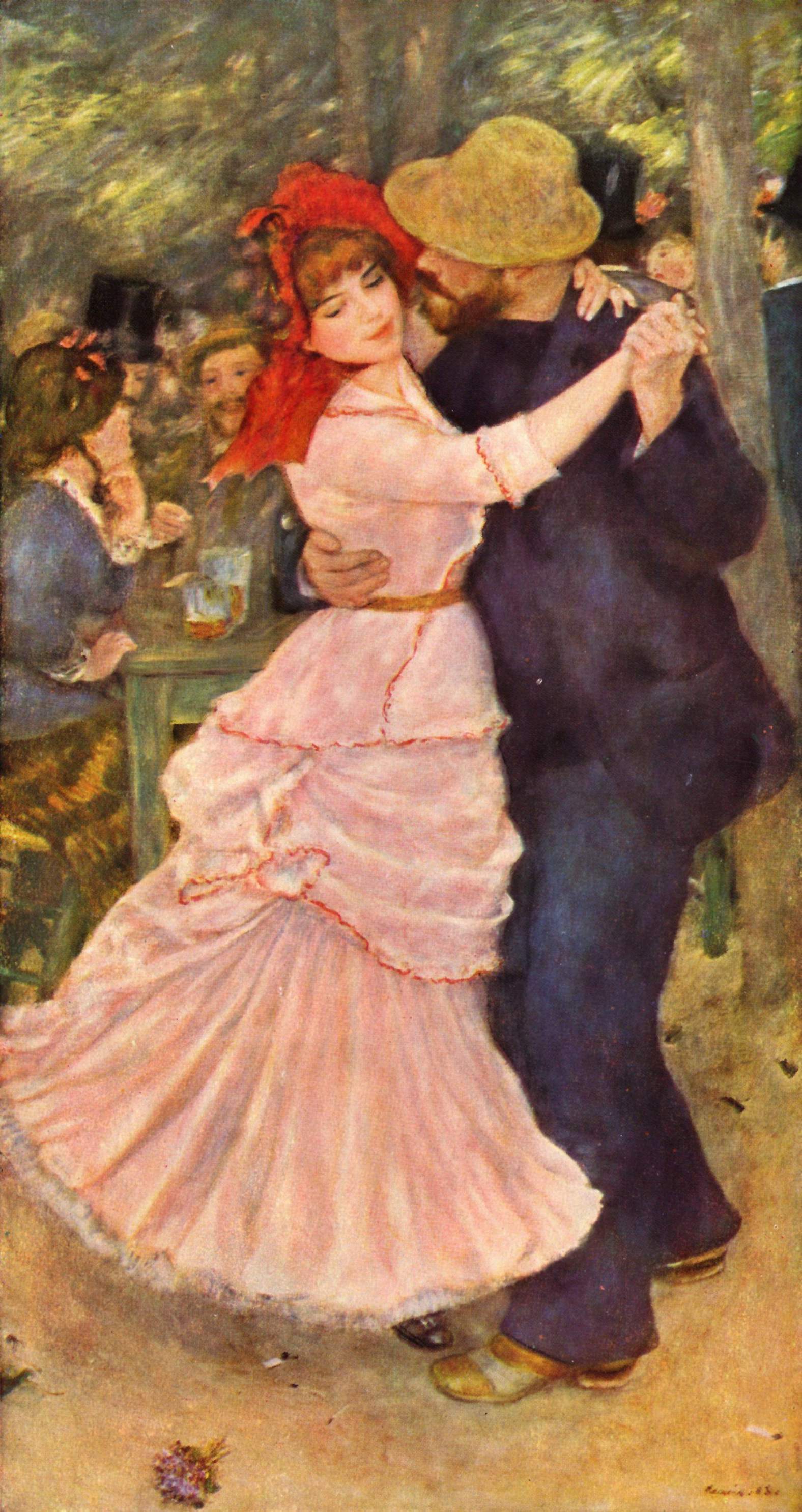The way we remember dance moves reveals the incredible flexibility of the human brain, according to research published in Current Biology this week.
Daniel Haun of the Max Planck Research Group for Comparative Cognitive Anthropology studied the way that different cultures remember dance moves, inspired by previous research that shows how different cultures use different strategies for describing the world - for example - I might think that the microphone is in front of me, whereas a nomadic hunter-gatherer from Namibia would think of the microphone as being to the West.
 These two ways of encoding the spacial relationships of objects are called egocentric (based around you) and allocentric (based around everything else), and our brains use these two interchangeably. However, the way the brain encodes the positions of our hands and feet, what's called proprioceptive space, is strongly egocentric.
These two ways of encoding the spacial relationships of objects are called egocentric (based around you) and allocentric (based around everything else), and our brains use these two interchangeably. However, the way the brain encodes the positions of our hands and feet, what's called proprioceptive space, is strongly egocentric.
Because of this, you might assume that the way we move our bodies would also be egocentric. - We would always base these movements around ourselves. However, it seems that's not always the case. The team asked two groups of children to learn a simple dance - one group from Germany, and another from a group of San or bushmen, called Haikom. The dance instructor stood next to the children and showed them a simple dance sequence that involved shaking clasped hands from side to side, starting with the right, then left, then right.
Once the children had learned the dance, they were asked to turn around, so they were facing the opposite direction, and do the dance again.
The German schoolchildren almost always moved their hands to the right first, regardless of what direction they were facing. The Haikom children, however, would switch the movements depending on which way they were facing - so if they started on the right when facing north, they would start on the left when facing south.This shows that the way we code our body movements is not strictly egocentric, but in part defined by our culture - or as they put it "cultural diversity goes hand in hand with cognitive diversity".
This may sound like a fun experiment but it has a serious message about the way we study the brain - when we seek to understand cognitive function, it's vitally important to include a cross-cultural perspective - the brain does not exist in isolation.
Haun said "It's becoming more and more clear that we cannot simply extrapolate from investigations within our own population to others. To understand the human mind, we need to widen our perspective and assume diversity rather than universality of cognition until proven otherwise."









Comments
Add a comment